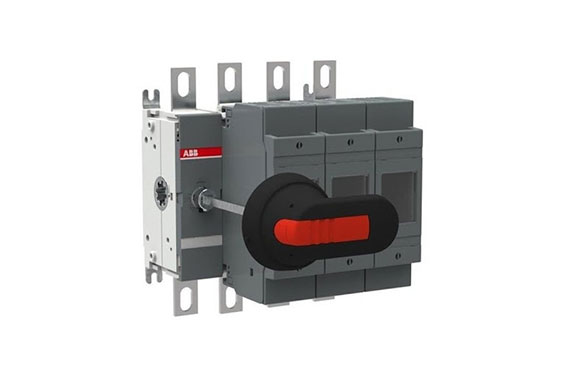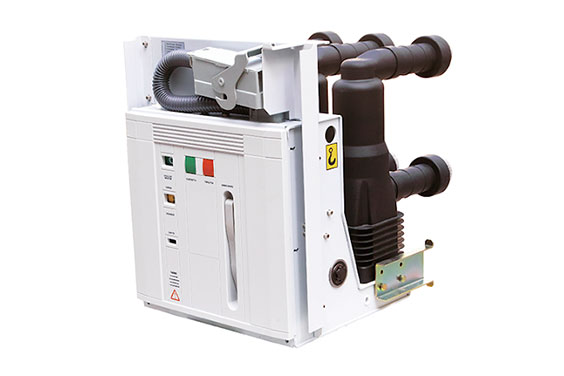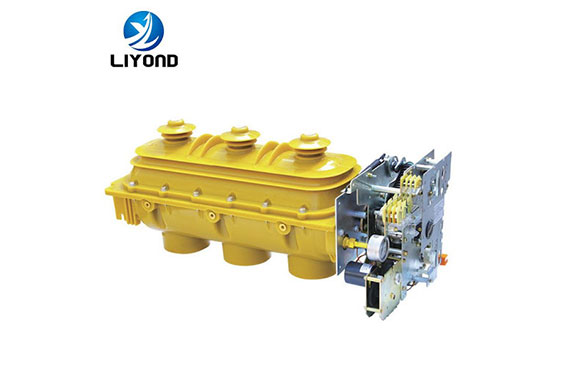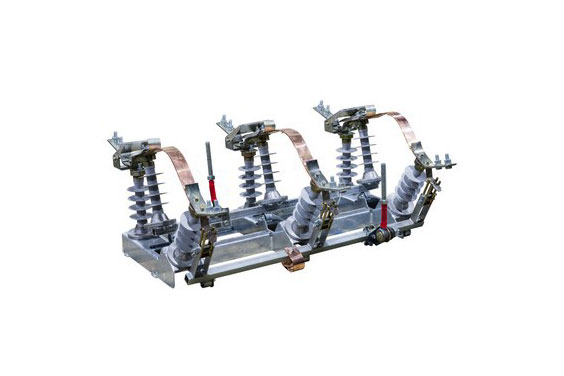A switchgear is used to switch, isolate, protect, and control electrical equipment. It regulates current changes, load faults, protects users during maintenance, etc. A switchgear is made up of four major components. They are: load break switch, disconnector, disconnector switch, and circuit breaker. These four components have their distinct functions, ensuring that electrical equipment functions properly.
These components have an overall responsibility of ensuring safety in electrical engineering, but they have their distinct functions. As a high voltage disconnect switch manufacturer with vast knowledge about electrical equipment, we will be discussing with you the difference between these four components – load break switch vs disconnector vs disconnect switch vs circuit breaker.
What is Load Break Switch
A load break switch is a mechanical switch that can make, break, and carry currents in normal, energized circuit conditions. It also has the capability of carrying specified time currents in specified circuit conditions (like a short-circuit). However, according to IEC 60947-1 and IEC 60947-3, a load switch may be able to carry time currents in short-circuits, but it cannot break time currents.
Elecspare is one of the indoor load break switch and 11kv load break switch manufacturers that make quality load break switches that can be trusted to perform effectively.
What is Disconnector
A disconnector is used to separate electrical equipment when they need to be checked as a normal maintenance routine, or when they need to be repaired. The primary purpose of using a disconnector is for protection; the device keeps the inspector or repairer safe from electrical hazards.
A disconnector is a mechanical device that cuts off all or specific areas of the installation for safety reasons. Electricity is stopped from flowing through, thereby allowing inspection and maintenance to be done. An example is an earth switch that closes against short-circuit currents, keeping the technicians and switchgear safe from inadvertent operations.
A disconnector makes sure that electricity does not flow in a system from “pole to pole” and from “input to output.” It can be operated automatically or manually, depending on the type of device you’re using it on, however, it must never be used in connecting or stopping an energized circuit.
What is Disconnector Switch

Judging from the name, a disconnector switch is a device that combines the functions of a switch and a disconnector. A disconnector switch is a mechanical device that can make, break, and carry energized circuits. At the same time, it has the capability of isolating electrical equipment fully or a specific section for safety reasons.
There are different types of disconnector switches. Amongst them are the normal switch disconnectors, fuse switch disconnectors, and circuit breakers.
What is Circuit Breaker

A circuit breaker, also known as the “heart of the electrical system,” is an electrical switch that safeguards an electrical circuit from any damage that could be caused by excessive current induced by an overload or short circuit. Elecspare, a professional circuit breaker manufacturer, produces all types of circuit breaker, including mv breakers.
A circuit breaker will distribute electric energy and switch off the circuit automatically when it is highly overloaded, short-circuited, or under-voltage. Its function is similar to that of a fuse switch. It can make, carry, and break currents in normal circuit conditions. It can also make and carry currents in specified circuit conditions, as well as break currents in certain abnormal circuit conditions, such as a short-circuit.
Circuit breakers are designed to fulfill the functions of load break switches and disconnectors.
Differences
Below are the major differences between the load break switch, disconnector, disconnector switch, and circuit breaker.
- Operation: The four components perform distinct operations. The load break switch makes, breaks, and carries currents. The disconnector acts as a safety measure; it isolates a part or the whole of a circuit and prevents current from flowing through; this is done to prevent hazards during inspection, maintenance, and repair. The disconnector switch performs the operations of the load break switch and the disconnector. The circuit breaker protects the electrical circuit from damage that could be caused by high current from an overload or short circuit.
- Symbols: The four components except the load break switch have a horizontal line in their symbol. The horizontal line means that the three components i.e., the disconnector, the disconnector switch, and the circuit breaker fulfill the isolating function. Unlike them, the load break switch does not, rather it makes, breaks, and carries currents.
Conclusion
Electrical equipment are delicate items. They need to be protected and controlled to prevent damage and any possible accident that could happen to users. There are four major components that ensure that electrical equipment functions properly. They are load breaker switch, disconnector, disconnector switch, and circuit breaker. Above, we’ve discussed their functions in detail.
To get the best of switchgear components, you can contact Elecspare, a professional high voltage disconnect switch manufacturer. We make the best switchgear on the market ranging from SF6 load break switch, insulation accessories, circuit breakers, and many others.



